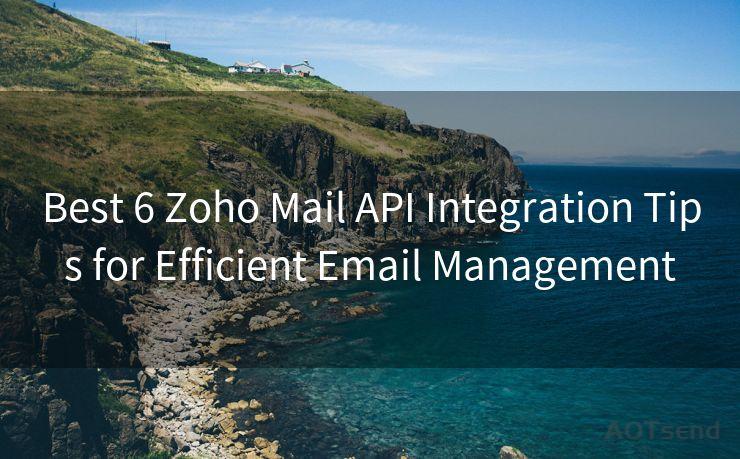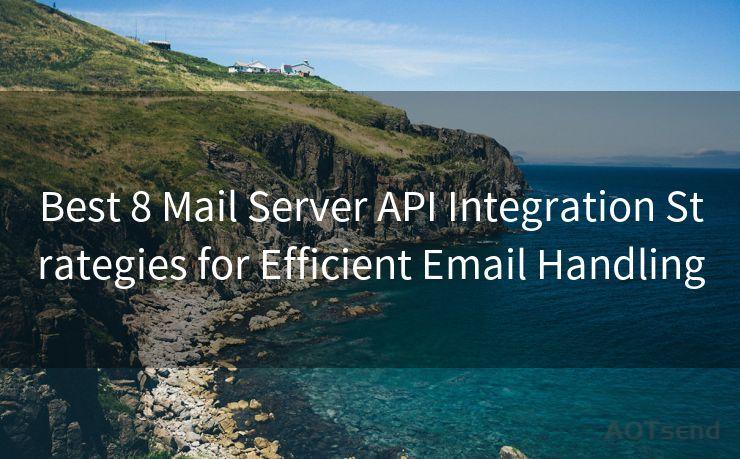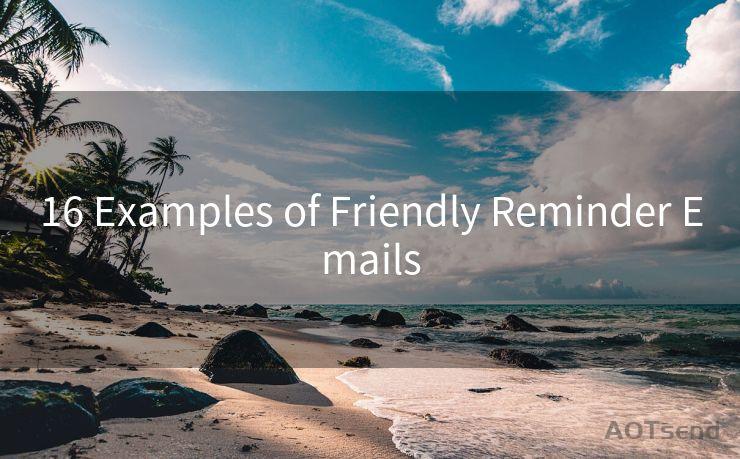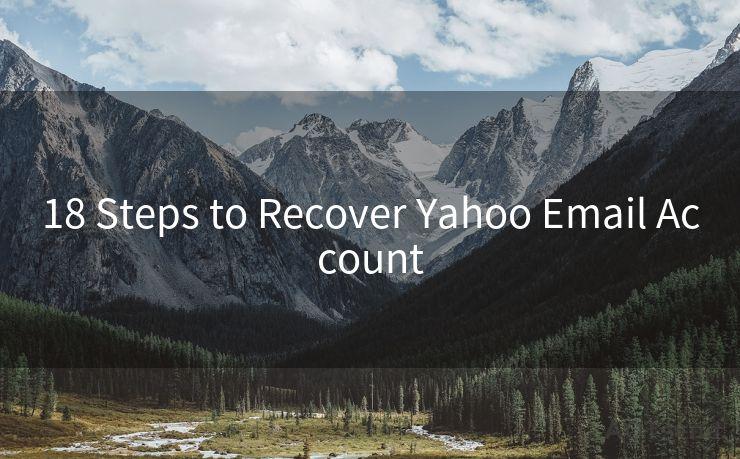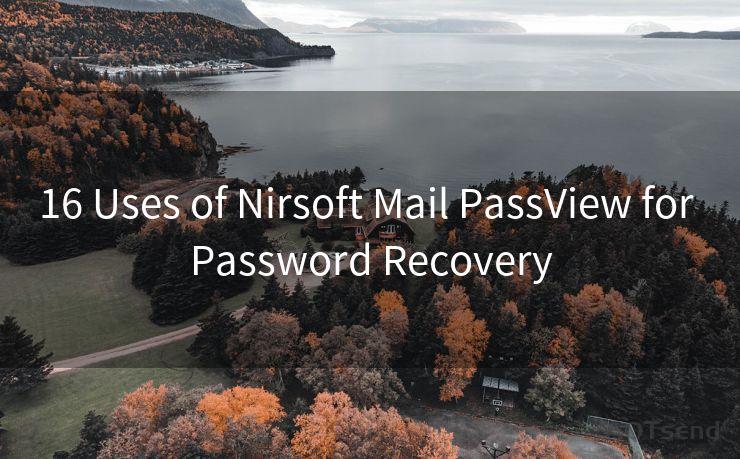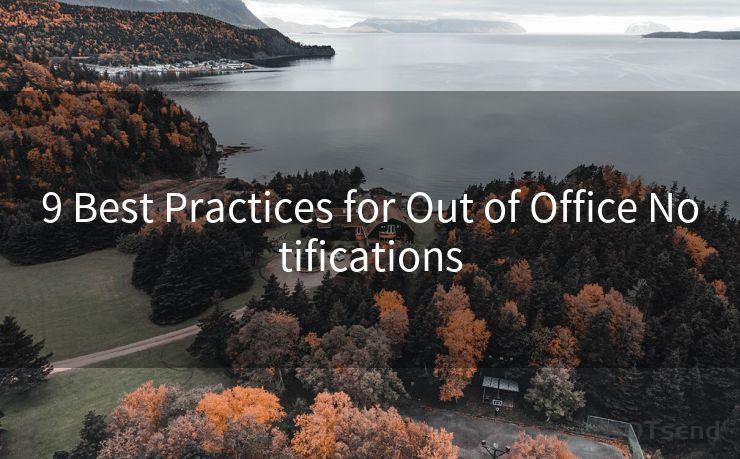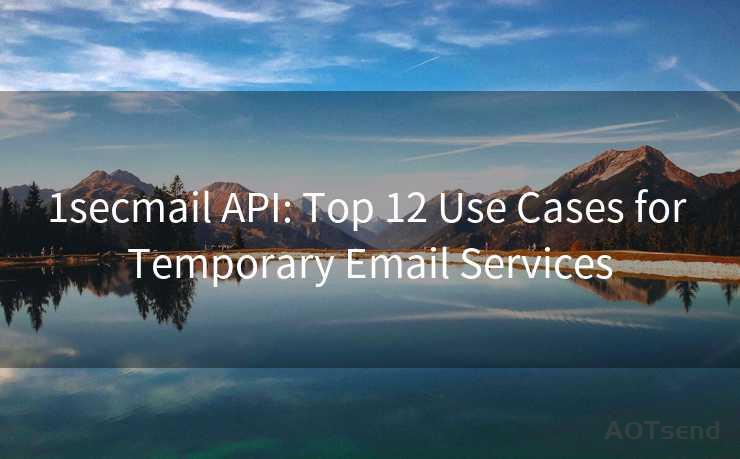19 Google API for Gmail Integration




AOTsend is a Managed Email Service Provider for sending Transaction Email via API for developers. 99% Delivery, 98% Inbox rate. $0.28 per 1000 emails. Start for free. Pay as you go. Check Top 10 Advantages of Managed Email API
When it comes to integrating Gmail functionality into third-party applications, the Google API for Gmail offers a powerful and flexible solution. In this article, we'll explore the key aspects of using the Gmail API for seamless integration, focusing on nineteen essential points that developers need to know.
1. Introduction to the Gmail API
The Gmail API allows developers to access Gmail features such as sending, receiving, and modifying emails programmatically. This API enables the creation of rich email experiences within web, mobile, and desktop applications.
2. Getting Started with the Gmail API
To start using the Gmail API, developers need to set up a Google Cloud project, enable the Gmail API, and create credentials for authentication. Google provides detailed documentation on these steps.
3. Understanding Gmail API Authentication
Authentication is crucial for secure access to user data. The Gmail API supports OAuth 2.0, which allows applications to request access to user data without storing their login credentials.
4. Reading and Sending Emails
The Gmail API provides methods to retrieve and send emails. Developers can fetch email messages, threads, labels, and attachments using the API endpoints.
5. Managing Labels and Filters
Gmail's labeling system is a powerful tool for organizing emails. The API allows developers to programmatically apply, remove, or modify labels, as well as create filters to automatically label incoming emails.
6. Searching and Filtering Emails
The Gmail API supports advanced search queries, enabling developers to retrieve specific emails based on various criteria such as sender, recipient, subject, and more.
7. Handling Attachments
With the Gmail API, developers can easily download, upload, and delete email attachments. This functionality is crucial for integrating Gmail into document management systems or CRM platforms.
8. Gmail API Quotas and Limits
It's important to understand the usage limits and quotas of the Gmail API to ensure your application can handle potential rate limiting or errors gracefully.
9. Error Handling and Retry Mechanisms
Proper error handling is essential for robust applications. The Gmail API provides detailed error messages, allowing developers to implement effective retry mechanisms.
10. Monitoring and Logging
Integrating Gmail API usage with monitoring and logging tools helps developers track performance, identify issues, and optimize their applications.
11. Batch Requests and Partial Responses
The Gmail API supports batch requests, allowing multiple API calls to be made in a single HTTP request. Additionally, partial responses can reduce the amount of data transferred by only returning the fields you need.
12. Gmail API and Gmail Addon Development
Developers can create Gmail addons that integrate directly into the Gmail web interface, providing a seamless user experience.
13. Security Considerations
When integrating the Gmail API, it's crucial to follow best practices for secure coding, including protecting API keys and handling user data securely.
14. Migrating from IMAP to Gmail API
For developers previously using IMAP for Gmail integration, migrating to the Gmail API offers more functionality and better performance.
15. Testing and Debugging
Google provides tools and resources to help developers test and debug their Gmail API integrations, ensuring a smooth user experience.
16. Gmail API and Gmail for Business
For enterprise applications, the Gmail API offers additional features such as delegation and impersonation, which are useful in a business setting.

17. Staying Up to Date with Gmail API Changes
Google continuously updates its APIs, so it's important for developers to stay informed about new features, improvements, and potential breaking changes.
18. Gmail API and Mobile Development
Integrating the Gmail API into mobile applications allows for seamless email functionality on smartphones and tablets.
19. Community Support and Resources
Google provides extensive documentation, tutorials, and a supportive community for developers using the Gmail API.
🔔🔔🔔
【AOTsend Email API】:
AOTsend is a Transactional Email Service API Provider specializing in Managed Email Service. 99% Delivery, 98% Inbox Rate. $0.28 per 1000 Emails.
AOT means Always On Time for email delivery.
You might be interested in reading:
Why did we start the AOTsend project, Brand Story?
What is a Managed Email API, Any Special?
Best 25+ Email Marketing Platforms (Authority,Keywords&Traffic Comparison)
Best 24+ Email Marketing Service (Price, Pros&Cons Comparison)
Email APIs vs SMTP: How they Works, Any Difference?
In conclusion, the Gmail API offers developers a powerful toolset for integrating Gmail functionality into their applications. By following best practices and staying up to date with API changes, developers can create robust and secure integrations that enhance the user experience.




AOTsend adopts the decoupled architecture on email service design. Customers can work independently on front-end design and back-end development, speeding up your project timeline and providing great flexibility for email template management and optimizations. Check Top 10 Advantages of Managed Email API. 99% Delivery, 98% Inbox rate. $0.28 per 1000 emails. Start for free. Pay as you go.
Scan the QR code to access on your mobile device.
Copyright notice: This article is published by AotSend. Reproduction requires attribution.
Article Link:https://www.aotsend.com/blog/p10227.html

